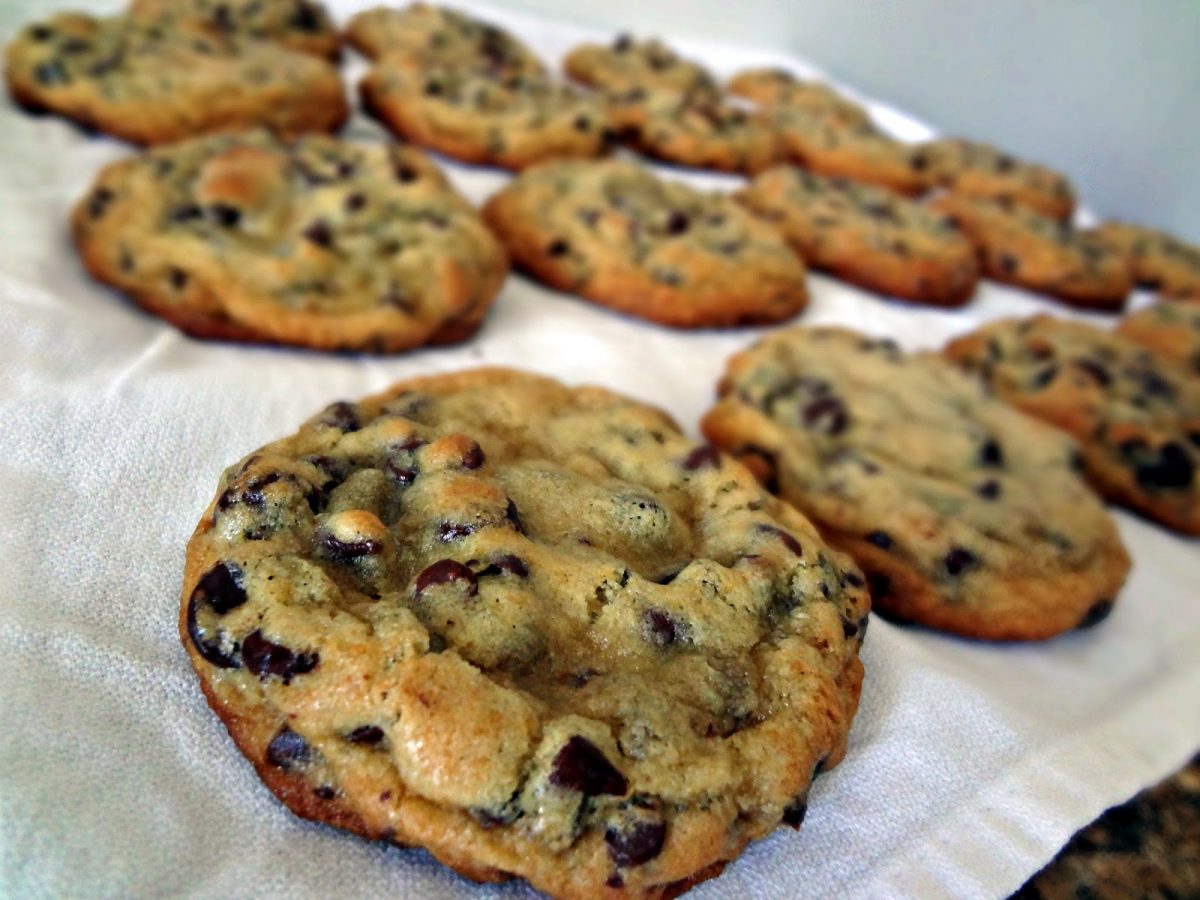(Jamaica Gleaner) Amid concerns of a permissive culture of drug use among Jamaican children, there are fresh fears that easy access to marijuana-laced foods is putting students at risk of health complications in ‘high schools’.
Stakeholders in the western parish of St James are particularly worried that the consumption of ganja cookies and other marijuana-infused products could take hold.
While school administrators were generally coy in response to reports of high-school students in St James getting ill after ingesting ganja cookies – cakes laced with ganja – several children with whom The Gleaner spoke have confirmed that the practice is growing.
“Three boys eat the cookie and started to act strange,” a student at Irwin High School said of an incident that occurred more than a week ago. “They had to be taken to the hospital for medical attention. Two of them are back at school, but I don’t know what happened to the other one.”
When Victor Newsome, principal of Irwin High, was contacted, he acknowledged a recent incident but said his own investigations had not yielded substantial information.
“All I can say is that I have heard of one case, but I cannot confirm it because I have not seen anything myself,” said Newsome, who was rushing off the school’s compound to take an injured child to the hospital. “I am doing my investigations, but I am not getting any information.”
A teacher at another St James school, who requested anonymity because she was not authorised to speak on behalf of the administration, disclosed that she had personally seen students consuming ganja cakes at schoolboy football matches and fears that the practice could become more prevalent because the pastry was considered less dangerous than smoking weed.
“We see boys sharing the cookies at matches and it seems to be a popular thing among them,” the teacher said. “It allows them to get high without actually having to smoke the ganja spliff, which was the more popular practice in the past.”
Dr Marcia Johnson Campbell, medical officer of health for St James, says she has grave concerns about adolescents consuming ganja, arguing that it could impair learning, concentration, and language development.
“Whilst there are some beneficial medicinal properties of cannabis, the adverse effects of marijuana, especially by our young people, are real and significant, and we must urgently work together to prevent use in our students and (address) early detection and treatment of those who have already begun to display symptoms of mental-health issues,” said Johnson Campbell.
Jamaica decriminalised possession of two ounces or less of marijuana in 2015.
However, the National Council on Drug Abuse (NCDA) has chided the State for not doing enough to discourage ganja use among children, with its executive director, Michael Tucker, calling the current environment a “free-for-all”.
A 2016 National Household Survey study by the NCDA indicated that 10 per cent of 12- to 17-year-olds perceived that there was little or no risk associated with regular use of ganja, with up 40 per cent reporting minimal, if any, risk linked to infrequent use of other substances. Fifty per cent of secondary-school-age children said that illegal drugs were sold in and around their school compounds.
Last month, The Gleaner reported that a random drug test of 25 students at a Manchester boys’ home revealed that only three were found to not have ganja in their system.
Despite being a strong advocate of ganja use, Ras Iyah V, head of the Westmoreland Hemp and Ganja Association, who also sits on the board of the Cannabis Licensing Authority, told The Gleaner that he was opposed to youngsters ingesting ganja in foods.
“When baked, the THC (tetrahydrocannabinol) in the herb (ganja) is activated … . That is the substance that creates the psychological effects, which might require medical attention,” said Ras Iyah V. “That is really the only way that herb can really hurt a youth.”
“When a ganja cake is ingested, it does not take effect immediately, which may cause a youngster to think it is okay to eat several slices … . Sometimes it lingers in the body for 30 to 40 minutes before they start feeling the effects, which is where the problem comes in,” added Ras Iyah V.

